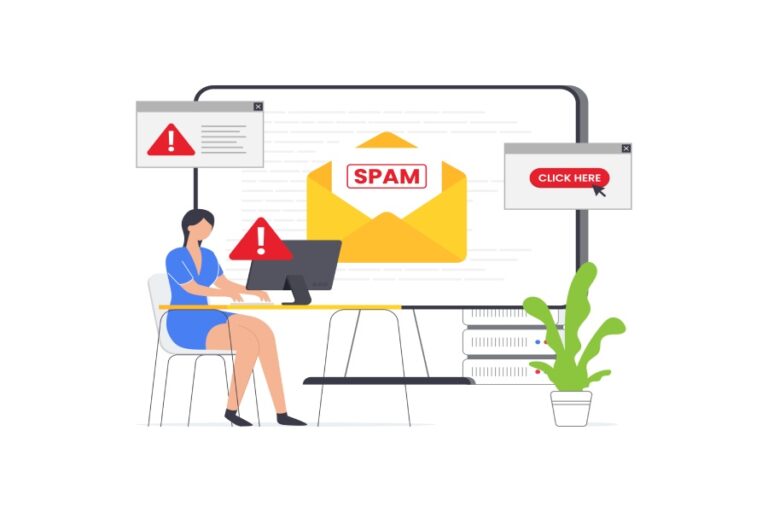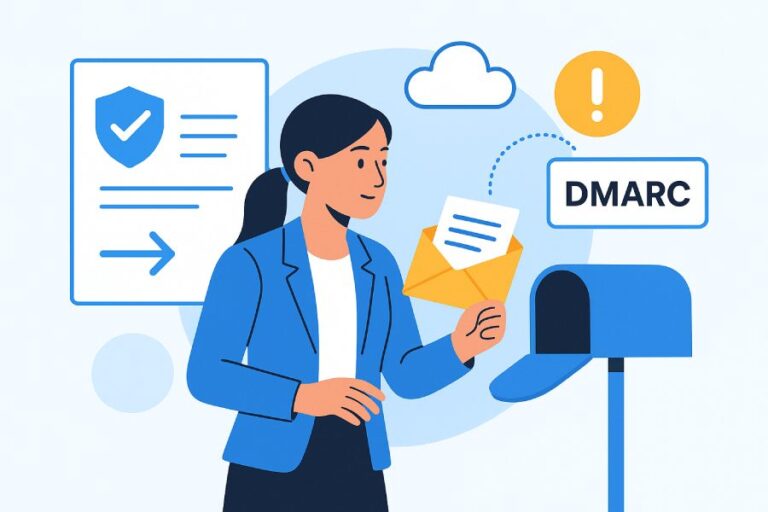How Proxy Servers Help Prevent Ad and Click Fraud
The internet is essentially one massive advertising billboard, and the fact that online advertising is a multi-billion-dollar industry makes the entire system a fertile ground for fraud.
Advertising and click fraud aren’t new issues; however, they still cost advertisers and publishers billions of dollars every year, slowly eroding marketing budgets and diminishing the trust customers have in digital marketing.
The good news is that companies have one fantastic tool in their arsenal to prevent and fight ad and click fraud; it’s called a proxy server, in particular, the static residential proxy.
In this article, we’ll tell you what ad fraud is and how proxy servers help advertisers to prevent it, saving their ad campaign and their bottom line.
What Is Ad and Click Fraud?
In general, advertisement fraud (mostly referred to as ad fraud) is the deceptive and deliberate practice of generating fake online advertising impressions, clicks, conversations, or other marketing data to wrongfully earn money from advertisers, harming them and their customers by wasting ad spend as well as eroding trust between the people and the business.

Ad fraud takes several evil forms, and here is an overview of the most common ones:
Click Fraud
This is a type of ad fraud that happens on pay-per-click (PPC) advertising. In this type of ad fraud, the website owners who post the ads are paid strictly based on how many people click on the ads published on their website.
Thus, click fraud occurs when a person (the website owner), an automated script, or a computer program they’ve created repeatedly clicks on the ads posted on their website, hoping to drive up their revenue for the clicks without the business behind the ad seeing any of the money.
Impression Fraud
This type of fraud refers to the practice of artificially inflating the number of ad views through deceptive means. Basically, a website owner lies about how many people visit their website and, thus, how many potential customers would see an ad placed on the website.
This can be done with the help of hidden ads, bots, or fake website placements to dupe advertisers into paying for supposed impressions that have no actual value.
Domain Spoofing
This is a type of ad fraud in which fraudsters create fake websites that perfectly mimic legitimate, high-quality domains to trick advertising companies into buying ad space on these fraudulent sites, wasting ad budgets as a result.
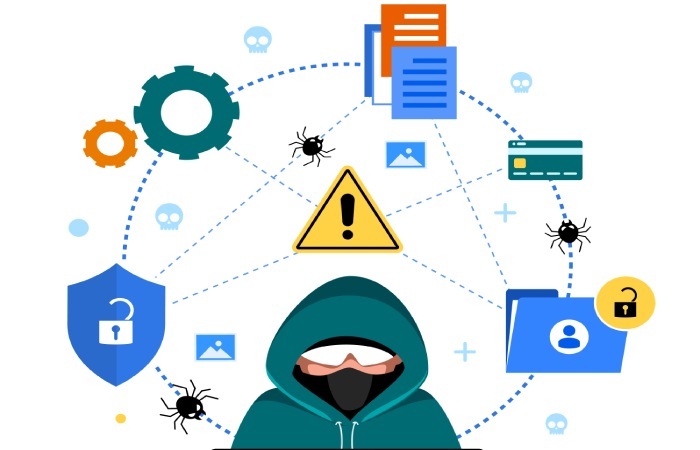
In essence, the goal of this fraud is to make it look as though the ads are placed on trusted and reputable websites when, in reality, they are appearing on low-quality, spammy, or even harmful websites that don’t drive revenue to the ad agency.
Bot Traffic
This type of ad fraud involves using automated programs (bots) to simulate human behavior and generate fake ad impressions, clicks, and other interactions with the ad. This scammy behavior messes with marketing data, wastes advertising budgets, and distorts campaign performance.
The owner of an unsuccessful website fakes good numbers with the hopes of attracting advertisers who will place their ads on the website, although they’ll end up wasting their ad budget on a shady site with no actual visitors.
According to the Association of National Advertisers (ANA), the costs of digital advertising fraud worldwide are estimated to grow from $88 billion in 2023 to $172 billion in 2028, not to mention the distorted data, reduced campaign ROI, and the damaged brand reputation that goes with it.
As such, it’s time for advertisers to protect their ads and their bottom lines. And this is exactly where proxy servers come into play. Let’s get into it!
How Proxy Servers Can Help
Put simply, proxy servers act as a middleman between your device and the internet.
When you try to open a website on your phone, the request doesn’t happen straight away; instead, it gets sent to a proxy server, which masks the original IP address. Only then do you visit the site.
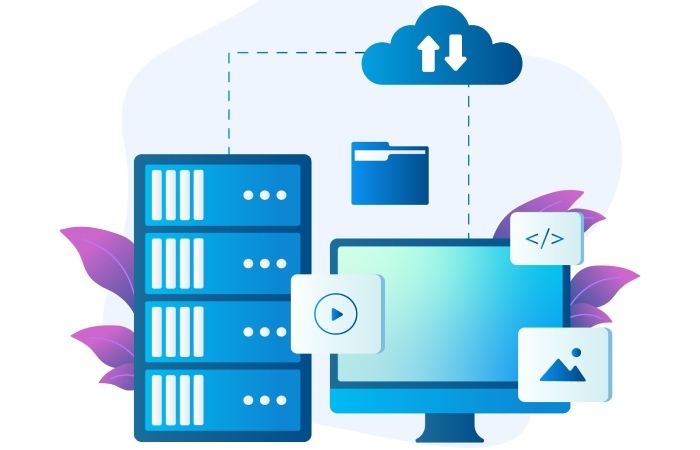
It’s like you wanted to go from point A to point C, but didn’t want anyone to know your route, so the proxy server helped you mask your trip, making it look like you went from point B to point C instead.
In particular, we need to talk about static residential proxies. Unlike rotating proxies (which often change IP addresses), they give you a consistent IP address from a real ISP and a real physical location. This way, you can surf online with the credibility of a residential IP without actually having to be located there. Let’s get into how does that help in the fight against ad fraud?
Ad Verification in Practice
Given the prevalence of ad fraud cases, it makes sense that the biggest challenge advertisers face is verifying where and how their ads actually appear. Without proper visibility, it’s easy for fraudsters and criminals alike to manipulate placement data.
With the help of static residential proxies, advertisers can simulate access to content from specific geographic locations and devices; this allows advertisers to see exactly what an average user sees. This allows for:
- Geo-targeted ad verification: Advertisers can ensure that their ads are being shown in the right regions to their intended target audiences.
- Device-type testing: Advertisers can make sure their ads look good on mobile devices, as well as desktop or tablet interfaces.
- Third-party monitoring: Advertisers can conduct audits through proxies without alerting fraudsters, who may otherwise only behave when they’re being monitored.
Detecting Fake Engagement
Another critical example of proxies in action is traffic auditing. By accessing a website through a static residential proxy, fraud detection specialists can compare campaign data with what’s reported.

If a publisher claims a high number of views from a particular location, but your own conducted proxy test results don’t match this data, that’s a major red flag. Because proxies mirror real user behavior, they provide a reliable baseline for regular traffic. This makes it easier to identify anomalies like:
- Sudden weird traffic spikes from suspicious regions.
- Abnormally high click-through rates (CTR).
- Consistent behavior patterns coming from, supposedly, different users (this is actually a dead giveaway of bot activity).
- When malicious actors are caught using bots or deceptive practices to manipulate ad campaigns, they often face circumventing systems policy violations that can permanently ban their advertising accounts.
SPF, DKIM, and DMARC can help verify sender identity when unusual traffic patterns suggest email-based ad fraud attempts.
Bypassing Cloaking
The folks behind frauds are always clever, which is why many of them use cloaking, a technique where they serve different types of content to users and ad reviewers.
As such, when a campaign manager visits a URL, they’re greeted with a perfectly clean website. Regular users, however, are shown scammy, low-quality, or even harmful websites.
By using static residential proxies, especially ones from a diverse set of locations, campaign managers can dodge cloaking and actually see what users in different regions or devices are experiencing.
Scaling Fraud Detection
For large-scale ad campaigns, fraud detection must happen at a matching speed and scale. That’s when automation comes in, and with the help of proxies, it plays a major role in a successful ad campaign.
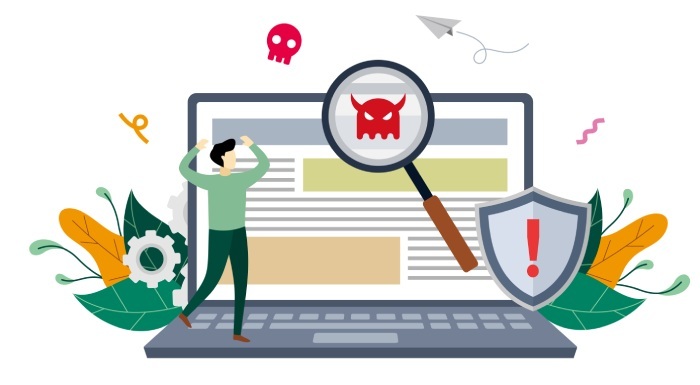
Static residential proxies enable organizations to run automated scripts that audit ad placements or test URLs without getting blocked. Since these IPs appear to be regular residential users (regular people like you and me), automated checks are less likely to be flagged by the criminals’ systems.
This is essential for:
- Real-time ad monitoring.
- URL validation across thousands of partner sites;
- Competitive analysis and ad scraping (without violating rules or getting blacklisted).
Final Thoughts on Preventing Ad Fraud
The fight against ad fraud is as everlasting as the land, the sky, the ocean, the mountains, the stars in the sky, and the sun above.
Even so, the people behind ad campaigns aren’t alone on the battlefield; static residential proxies offer a unique combination of authenticity, stability, and precision, making them a vital part of any ad fraud detection plan.
Now’s your chance to get the most out of static residential proxies and ensure that your next ad campaign is a big success!




